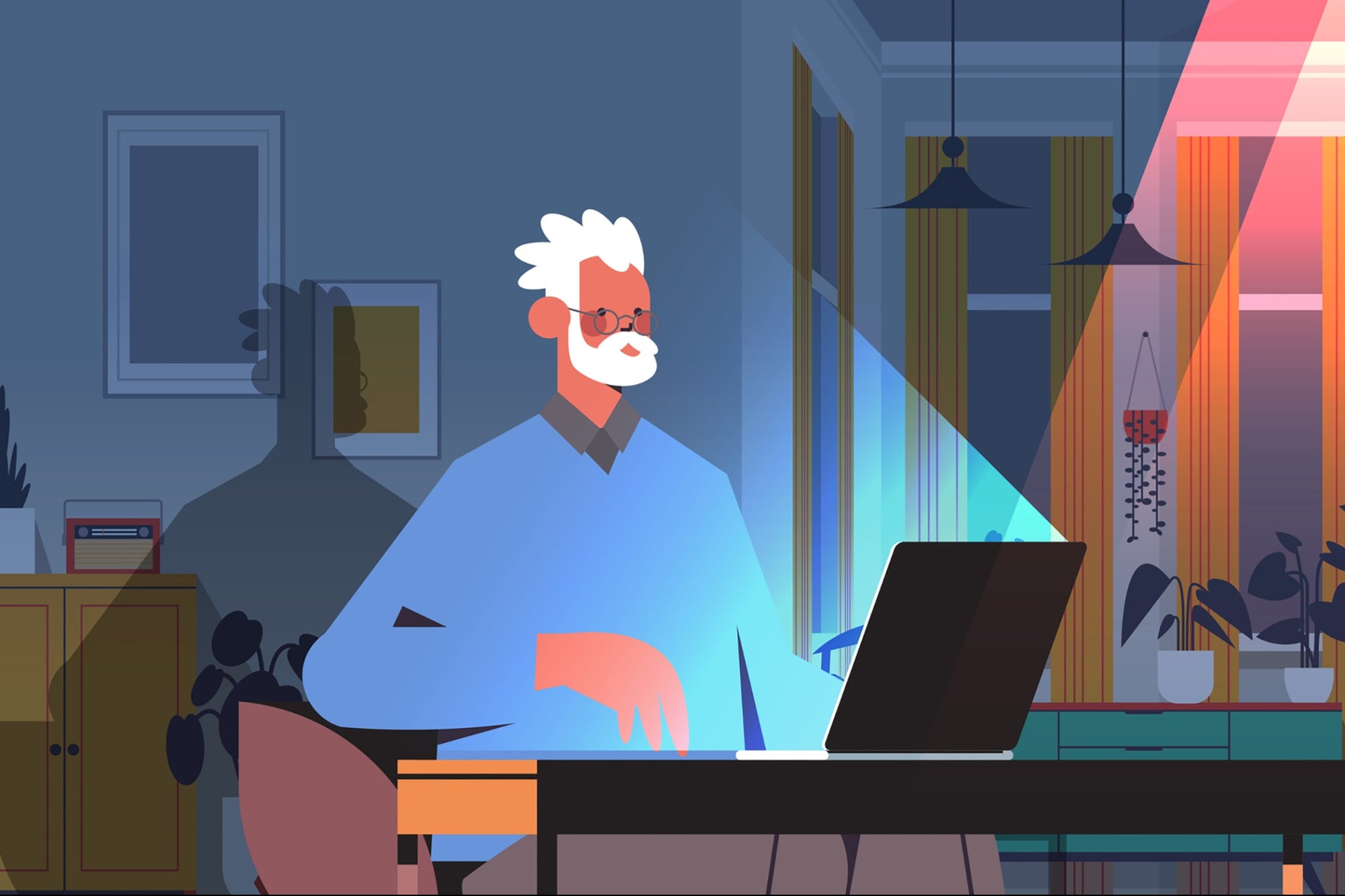Design thinking – Is it for you and me? Design thinking is a formal method for practical, creative resolution of problems and creation of solutions.
Opinions expressed by BIZ Experiences contributors are their own.
You're reading BIZ Experiences India, an international franchise of BIZ Experiences Media.

Thinking like a designer can transform the way you design products, services, processes – and even strategy – Tim Brown
Newspapers are abuzz with the term "design thinking' these days. In fact, they may have written about it earlier. However, it caught my attention recently when a big corporation took decision to train most of their employees on "design thinking'. It kind of intrigued me and filled me with some questions. Why would an organization insist on design thinking? Is design thinking for all? Can you and I inculcate it? Can it help us improve something (like efficiency) or reduce something (like cost or time)? Can we follow it in our daily routine? Does design thinking require me to have some special skills like drawing?
The final question of drawing scared me. My school teacher would have got equally scared since neither I nor he could ever recognize what I drew in my class.
What is design thinking?
Design thinking is a formal method for practical, creative resolution of problems and creation of solutions with the intent of an improved future result.
In this regard, it is a form of solution-based or solution-focused thinking-- starting with a goal (a better future situation) instead of solving a specific problem. By considering both present and future conditions and parameters of the problem, alternative solutions may be explored simultaneously.
I followed a couple of key words: Solution focused thinking; better future.
I could instantly see some applications. If it helps build solution centric mind-set and takes into account current and future scenarios, it can be used by all of us irrespective of the work that we do. It can help a start-up and equally help a matured organization.
Does it follow any process?
If you allow yourself to visualize how a design thinker may look like, what thoughts cross your mind? I thought s/he would be like an artist wanting to spend as much time to create a piece without any bindings; in short, a person who is opposed to the process adherence.
Well, there has been a dichotomy when it comes to the thinking process scientists that follow and the one that the designer follows; some say scientists follow analysis (to loosen up or break it down) and designers follow synthesis (to put together) methods of thinking. Authorities in design thinking David Kelly and Tim Brown argue that design thinking uses both analysis and synthesis.
The seven steps of design thinking:

One version of the design thinking process suggests seven stages: (i) define; (ii) research; (iii) ideate; (iv) prototype; (v) choose; (vi) implement and (vii) learn.
These steps encourage an individual and teams to frame the problem, ask the right questions, have more ideas and arrive at best answers.
Common traits shared in design thinking:
Here are some traits that are often seen common in design thinkers:
Creativity: They use imagination and ideas to create something.
Ambidextrous thinking: They are able to use left brain (Logic) and right brain (Creative).
User centeredness (Empathy): They develop the ability to understand and share the feeling of others.
Curiosity: They display a strong desire to know or learn something.
Optimism: They consistently have the hope and confidence about the future.
Do we have these skills? While you may want to do some self-assessment and soul searching, I think each one of us have these skills. The degree may vary. A conscious awareness and finding opportunity in our daily routine can help us improve upon these skills further.
Where do we apply?
You may want to start by using some of the traits during your meetings. May be you want to pilot it in designing a product or a process and check.
If you and your team are able to adapt these skills, managing projects, achieving breakthroughs and advancing at a speed better over the competition turn out to be some of the fascinating outcomes you may experience for the organization.
No wonder why this big software organization finds deeper value and insists on having most of its employees trained in design thinking.













